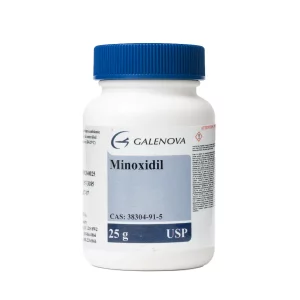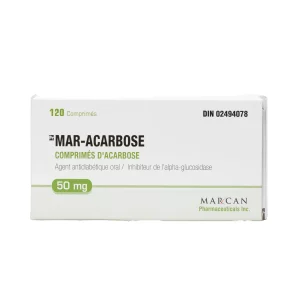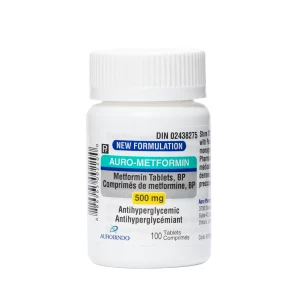Your cart is empty.
Your cart is empty.
Contrave is a prescription medication designed to support weight loss and long-term behavior change. It works by affecting how the brain responds to cravings, helping people eat more mindfully and intentionally. Unlike diets that only focus on cutting calories, Contrave addresses deeper brain patterns that lead to overeating.
The brain’s reward system influences emotional eating, cravings, and impulse snacking. Contrave acts on this system to reduce food-related pleasure signals and help people build healthier habits. This article explains how Contrave and brain reward center mechanisms interact, and how this process helps reshape how we respond to food triggers. We’ll also explore the link between Contrave and food addiction, the motivation benefits behind Contrave for energy, and how people are choosing to buy Contrave to boost their daily life and break free from emotional eating cycles.
The brain reward center is the system responsible for pleasure, motivation, and habit formation. It guides how we respond to things that feel good, like food, connection, or achievements.
Key areas involved in this system include:
These parts of the brain use a chemical called dopamine. Dopamine is released when we do something pleasurable, reinforcing that behavior. That’s why we often reach for snacks when stressed or tired, it’s our brain chasing a dopamine boost.

Contrave is a prescription medication approved for weight management. It combines two active ingredients: bupropion and naltrexone.
Together, these ingredients change how the brain processes cravings, emotional eating, and reward-based habits. By making certain foods feel less rewarding, Contrave can help reduce overeating.
Contrave works by balancing key brain chemicals that influence how we feel about food.
This dual action means that food cravings may become less intense. The reward from eating something unhealthy is lowered, helping people pause before eating out of emotion or habit.
With time, the brain starts to adjust to this new balance. Instead of relying on food for stress relief or pleasure, people begin forming healthier routines.

Contrave helps reduce cravings, but its biggest benefit may be how it supports long-term behavior change.
When a person eats for emotional reasons, their brain is stuck in a cycle of trigger → craving → reward. Contrave weakens that loop by reducing the craving and the reward.
Over time, this can:
Contrave doesn’t replace healthy routines, it complements them. People often find it easier to practice mindful eating, stick to meal planning, and regulate emotions when food feels less addictive.
While Contrave is designed to help with appetite, many users report other lifestyle improvements. Because it affects dopamine and norepinephrine, it can boost overall motivation and focus.
People may experience:
By adjusting brain chemistry, Contrave supports better choices—not just fewer calories. This sense of control and confidence can be a major win for people focused on long-term wellness.
When food cravings no longer dominate, there’s more space to build energy-boosting habits like walking, social connection, or restful sleep.
Contrave’s dual-action mechanism gives it a unique edge in addressing both the physical and psychological sides of food addiction. While it’s not a one-size-fits-all solution, its ability to influence the brain’s reward system offers new possibilities for those seeking sustainable wellness.
Whether you’re comparing Contrave vs semaglutide or simply exploring ways to break free from emotional eating, understanding how Contrave and the brain reward center interact can help you make an informed decision. For many, Contrave for longevity isn’t just about shedding pounds, it’s about reclaiming control over their health journey.
Contrave works in the hypothalamus, which controls hunger, and the reward centers that use dopamine to regulate cravings and motivation.
It changes how the brain reacts to rewarding foods, reducing both the emotional and chemical urge to eat when not hungry.
It may lower the intensity of food-related pleasure, especially from high-fat or high-sugar foods, making mindful eating easier.
Yes, it may support people who binge eat by interrupting the reward loop that drives overeating.
While not prescribed specifically for mood, its ingredients impact brain chemicals linked to focus and drive, which may boost energy.
Some people notice changes in appetite within weeks, but long-term behavior change happens gradually with regular use.
https://doi.org/10.1210/jc.2009-1353





Unlock savings on bundles and elevate your online experience today!